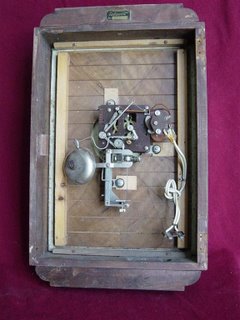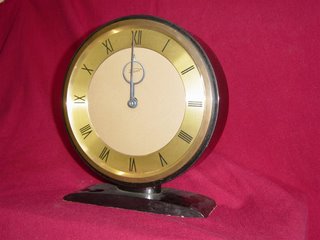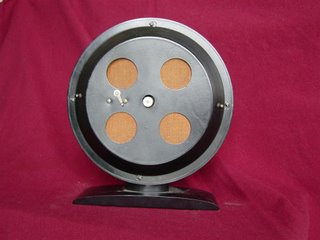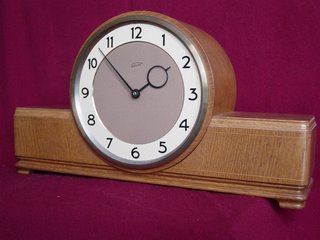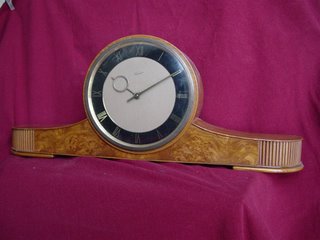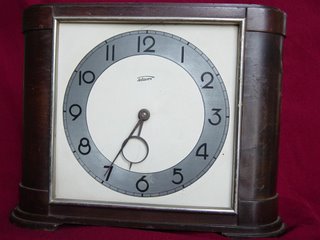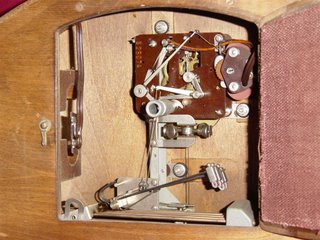If this blog is taking a long time to download on a slow connection try clicking on the chapter titles individually.
If you find the text too small try pressing CTRL+.
Press CTRL0 to return to normal size.
The dates of the following chapters are completely fictitious and only entered to ensure a logical order. This blog has actually stretched over three years and the newest chapters have the oldest dates.
The blog format was deliberately chosen for this project to allow much greater flexibility in posting, enlargeable images (by left clicking on them) and regular updating. Some of my once-free websites have had three changes of ISP hosts in as many years. All five of of my originally free websites have now been deleted by (agent) Orange to increase their profits.
Please ignore the automatic post dating completely. Newest chapters are actually the oldest and all dates are completely meaningless anyway. I actually enter the chapter dates manually just to organise the sequence of "chapters" logically. Blogs do not allow automatic reverse dating so new material appears at the bottom of the chapter list.
If you can see only one chapter then click on "Home" at the bottom of the page to view the entire blog from top to bottom. This may suit those with a fast Internet connection. Those still on a slow connection may prefer to select from the chapter list on the left and browse the chapters individually to avoid waiting for all the images to download simultaneously. Most of the images can be clicked on for a larger version. Use your own discretion whether you have the patience to wait and see the larger version download. Enlarged image size will vary but may be up to a maximum of 300kB!
I'd like to thank all of those who have contacted me with information on their Telavox clocks. Particularly those who have shared images and the serial numbers and descriptions of their own clocks. I look forwards to receiving details of your Telavox or Clementa clocks. My new email address appears in the "Database Appeal" chapter below.
Please note that I cannot advise on the value of any Telavox clock. Condition, originality, case style, veneer, age, rarity, dial and even the country in which it resides will all greatly affect the value.
Telavox clocks very rarely come up for auction on eBay. Danish prices are low but the clocks are still very difficult to find. Elsewhere they are even more difficult to find but fetch higher prices for rarity value to clock collectors. eBay auctions will usually find the highest price the market will bear simply due to their huge, international audience. There are large numbers of clock collectors across the world but far fewer who collect electric clocks. This does not mean that electric clocks do not fetch high prices if they are rare enough, in good enough condition and interesting enough to make them desirable. It is impossible to say whether this applies to Telavox clocks since so few ever appear on eBay auctions.
If you cannot get your Telavox running using the simple instructions in the chapters below then please contact a professional clock repairer for advice. I have yet to find a repair guide of any kind so I am really no wiser than you when it comes to adjustments or repairs for non-working examples.
If you know of, or own, a Telavox clock repair guide then I would be very grateful for a copy. A photocopy or computer scan would be very useful.
If you have a repair manual and wish to sell it then please contact me with some idea of the price expected so that I may purchase it (if affordable) and then share the information contained there with a wider audience via this blog.
If you find the text too small then simultaneously pressing Ctrl and + will enlarge the text. Pressing Ctrl - will reduce it. Pressing Ctrl 0 (zero) will return it to its original size.
.
If you can see only one chapter then click on "Home" at the bottom of the page to view the entire blog from top to bottom. This may suit those with a fast Internet connection. Those still on a slow connection may prefer to select from the chapter list on the left and browse the chapters individually to avoid waiting for all the images to download simultaneously. Most of the images can be clicked on for a larger version. Use your own discretion whether you have the patience to wait and see the larger version download. Enlarged image size will vary but may be up to a maximum of 300kB!
I'd like to thank all of those who have contacted me with information on their Telavox clocks. Particularly those who have shared images and the serial numbers and descriptions of their own clocks. I look forwards to receiving details of your Telavox or Clementa clocks. My new email address appears in the "Database Appeal" chapter below.
Please note that I cannot advise on the value of any Telavox clock. Condition, originality, case style, veneer, age, rarity, dial and even the country in which it resides will all greatly affect the value.
Telavox clocks very rarely come up for auction on eBay. Danish prices are low but the clocks are still very difficult to find. Elsewhere they are even more difficult to find but fetch higher prices for rarity value to clock collectors. eBay auctions will usually find the highest price the market will bear simply due to their huge, international audience. There are large numbers of clock collectors across the world but far fewer who collect electric clocks. This does not mean that electric clocks do not fetch high prices if they are rare enough, in good enough condition and interesting enough to make them desirable. It is impossible to say whether this applies to Telavox clocks since so few ever appear on eBay auctions.
If you cannot get your Telavox running using the simple instructions in the chapters below then please contact a professional clock repairer for advice. I have yet to find a repair guide of any kind so I am really no wiser than you when it comes to adjustments or repairs for non-working examples.
If you know of, or own, a Telavox clock repair guide then I would be very grateful for a copy. A photocopy or computer scan would be very useful.
If you have a repair manual and wish to sell it then please contact me with some idea of the price expected so that I may purchase it (if affordable) and then share the information contained there with a wider audience via this blog.
If you find the text too small then simultaneously pressing Ctrl and + will enlarge the text. Pressing Ctrl - will reduce it. Pressing Ctrl 0 (zero) will return it to its original size.
.







